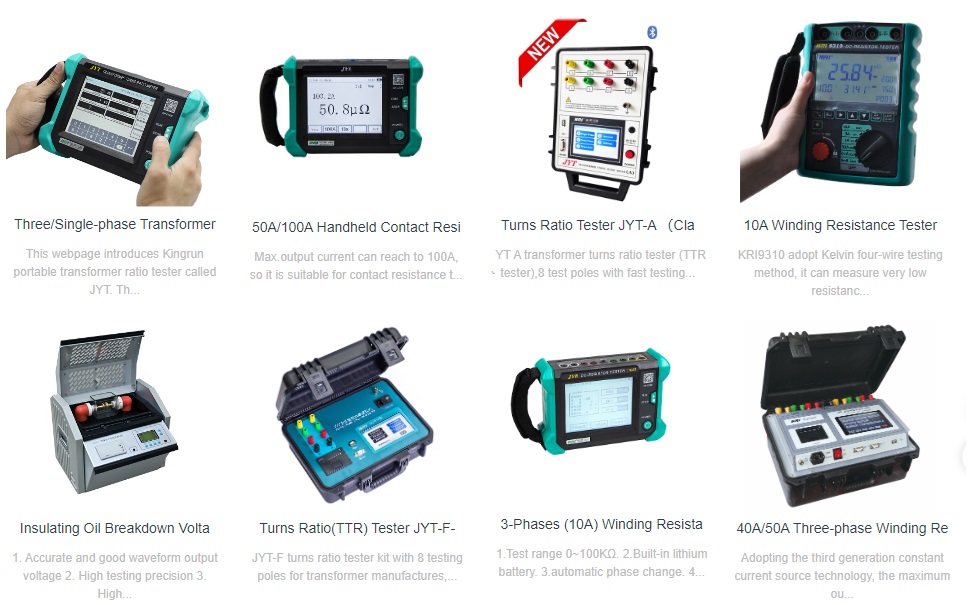An electrical system is similar to a pipeline system. Voltage is like the fluid pressure, current is like the fluid flow rate, and electrical insulation is like the pipe wall. Insulation prevents electrons from leaking from conductors—its effectiveness is represented by insulation resistance. An effective insulation system has a high resistance value, typically greater than several megaohms (MΩ). A poor insulation system has a lower insulation resistance.
To detect leaks in a pipeline system, pressure must be applied. Since leaks are most easily detected when the water pressure is high, you wouldn't shut off the water supply to check for leaks. However, you would limit the available water to avoid spraying too much water around when large leaks are found. The ideal test would be to provide a limited amount of water at high (but not excessively high) pressure. This is exactly what an insulation tester (megohmmeter) does.
The insulation tester (megohmmeter) applies DC voltage to the insulation system and measures the resulting current. This allows for the calculation and display of the insulation resistance value (the degree to which the insulation confines the current within the wires or prevents current leakage).
Insulation testers (megohmmeters) typically output test voltages of 50 V, 100 V, 250 V, 500 V, or 1000 V. Just as in a pipeline system, the goal is to apply a pressure (voltage) that is not excessively high. We want to detect existing leaks but do not want to stress the system too much, causing new leaks. Lower voltages are used for low-voltage systems, such as telephone, network, or control circuits; higher voltages are used for testing power system insulation, such as power transformers, cables, and circuit breakers, etc.
JYM insulation resistance tester
Kingrun Transformer Instrument Co.,Ltd.


More Transformer Testers from Kingrun
